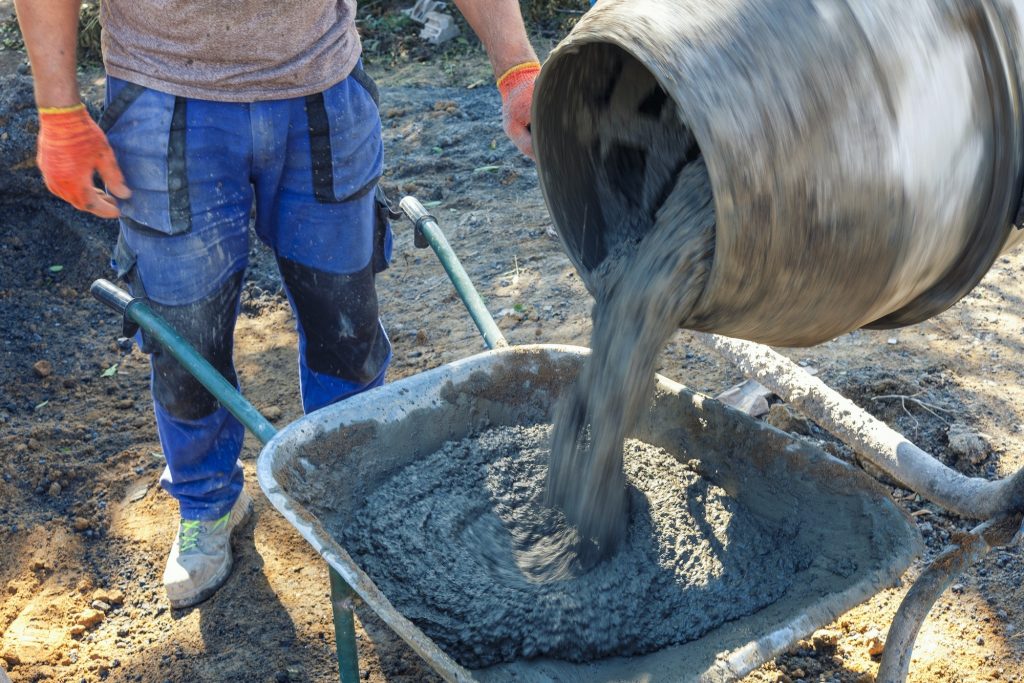Chloramines are disinfectant compounds that are formed by a mixture of chlorine and ammonia. They are used by water treatment plants to disinfect water and kill harmful bacteria and viruses. However, chloramines can have negative effects on human health and can cause skin irritation, respiratory problems, and gastrointestinal issues. If you want to remove chloramines from your water supply, there are several effective methods to do so.
Catalytic Carbon Filtration
The most effective way to remove chloramines from drinking water is through catalytic carbon filtration, which reduces chloramines by up to 99% [1]. Catalytic carbon is activated carbon with an enhanced capacity for contaminant removal, making it one of the few filtration media that can successfully reduce chloramines from drinking water [6]. A catalytic carbon filter can be installed in your home’s water supply line or a point-of-use water filter.
Reverse Osmosis Filtration
Reverse Osmosis (RO) filtration is another effective method to remove chloramines from water. An RO filter uses a semi-permeable membrane to remove contaminants from water, including chloramines. RO filtration can reduce chloramines by over 90% [2]. However, RO filtration systems can be expensive to install and maintain, and they can waste a lot of water.
KDF Filtration
KDF (copper-zinc) is another element that can be effective in removing both chlorine and chloramines from water. KDF85 breaks down the bonded ammonia and makes it a simpler process for the carbon filter to then remove both the chlorine and ammonia separately. Many top filters combine KDF with carbon to provide an extra level of filtration [9].
Vitamin C Filtration
Vitamin C is another effective method of removing chloramines from water. Studies have shown that chloramines can be effectively removed with Vitamin C [8]. Therefore, some water filtration systems incorporate Vitamin C as a filter medium to remove chloramines. This method is particularly effective in removing chloramines from shower water.
Boiling Water
Technically, you could remove chloramines from water simply by boiling it. But the problem with boiling is that it won’t entirely remove chloramines as a filter could. When you boil water, it releases some of the dissolved chloramine gas as the temperature increases [1]. Boiling water to remove chloramines is almost as ineffective as letting it sit, taking an hour of boiling to achieve meaningful reductions [3]. If you want to remove chlorine or chloramine for limited applications, such as home brewing or filling an aquarium, boiling is one solution.
Conclusion
Chloramines can be harmful to human health, and it is important to remove them from your water supply. The most effective ways to remove chloramines from drinking water are through catalytic carbon filtration, reverse osmosis filtration, KDF filtration, and Vitamin C filtration. Boiling water can also remove chloramines, but it is not as effective as a filter.



